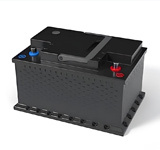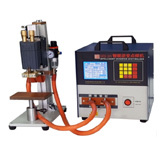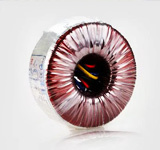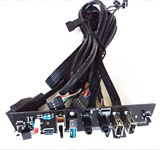protect
Key words:
How does a Cylindrical Cell usually protect itself?
A cylindrical cell typically protects itself through several mechanisms to ensure safe and reliable operation. Some of the key ways in which a cylindrical cell protects itself include: 1. Overcharge protection: Cylindrical cells are designed with built-in protection mechanisms that prevent overcharging. Overcharging can lead to increased temperature, gas generation, and ultimately cell failure. The protection circuitry in the cell monitors voltage levels and shuts off the charging process once the cell reaches full capacity. 2. Over-discharge protection: Cylindrical cells also have protection features to prevent over-discharge. If a cell is discharged beyond a certain point, it can cause irreversible damage and reduce the cell's lifespan. The protection circuitry in the cell will cut off power when the voltage drops below a safe threshold to prevent over-discharge. 3. Overcurrent protection: Cylindrical cells are equipped with protection against high currents. Excessive current can lead to overheating, which can damage the cell and pose a safety risk. The protection circuitry in the cell will limit the current flow to a safe level to prevent overheating. 4. Short circuit protection: Cylindrical cells have safeguards in place to prevent short circuits. A short circuit can cause a rapid discharge of energy, leading to overheating, fire, or explosion. The protection circuitry in the cell will detect a short circuit and disconnect the cell from the circuit to prevent damage. 5. Temperature protection: Cylindrical cells are sensitive to temperature changes, and excessive heat can degrade the cell's performance and safety. The protection circuitry in the cell will monitor the temperature and shut off the cell if it exceeds a safe threshold to prevent overheating. 6. Pressure relief valve: Some cylindrical cells, especially those used in high-performance applications or in extreme conditions, are equipped with a pressure relief valve. This valve releases excess gas that may build up inside the cell due to overcharging or high temperatures, preventing the cell from rupturing. Overall, cylindrical cells are designed with multiple layers of protection to ensure safe operation and prevent potential hazards. These protection mechanisms work together to safeguard the cell from overcharging, over-discharging, high currents, short circuits, overheating, and pressure build-up, ultimately prolonging the cell's lifespan and ensuring reliable performance.
Key words:
Heating tubes are important components in various heating systems, such as water heaters, boilers, and industrial furnaces. To ensure their efficiency and longevity, it is important to protect them from damage and wear. Here are some tips on how to protect heating tubes:
How to choose a suitable for you?
Let us assist you!
Our experts will contact you as soon as possible to meet your needs.
Latest Products




















